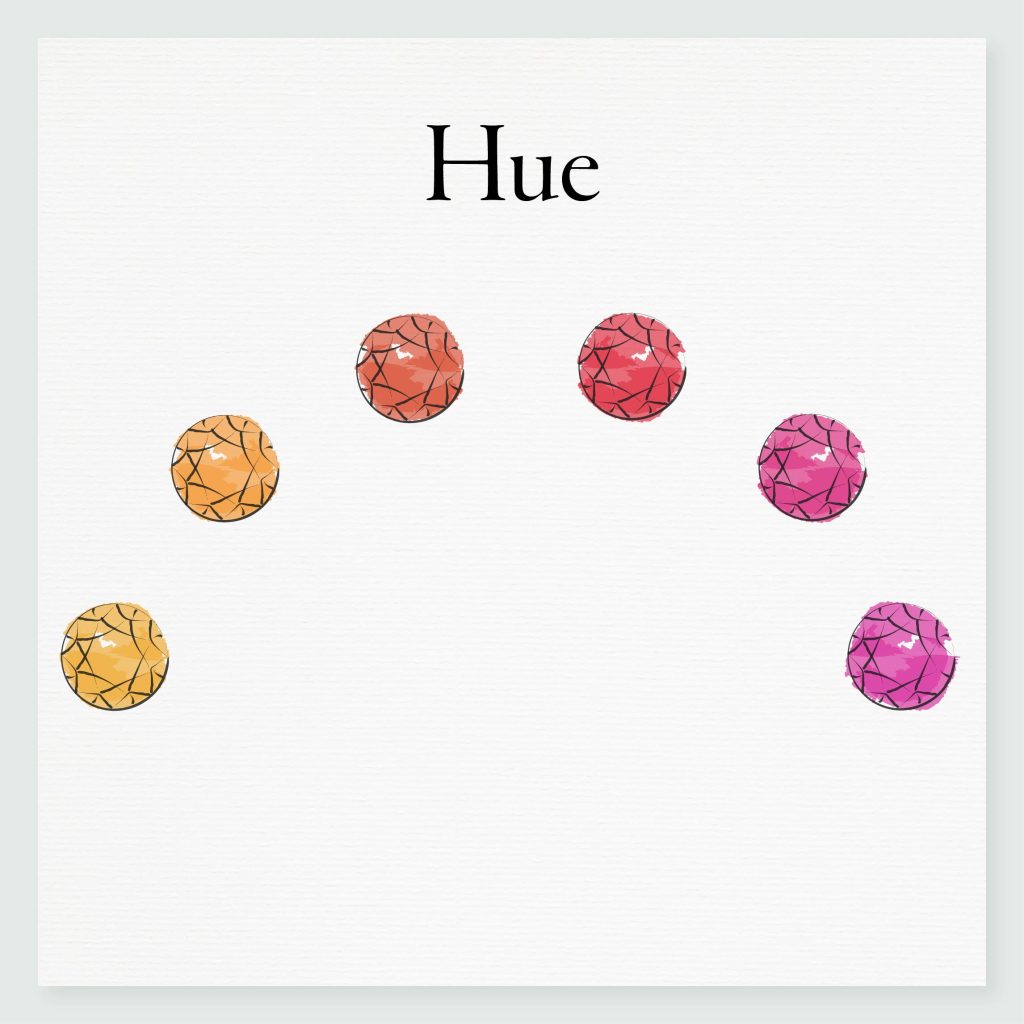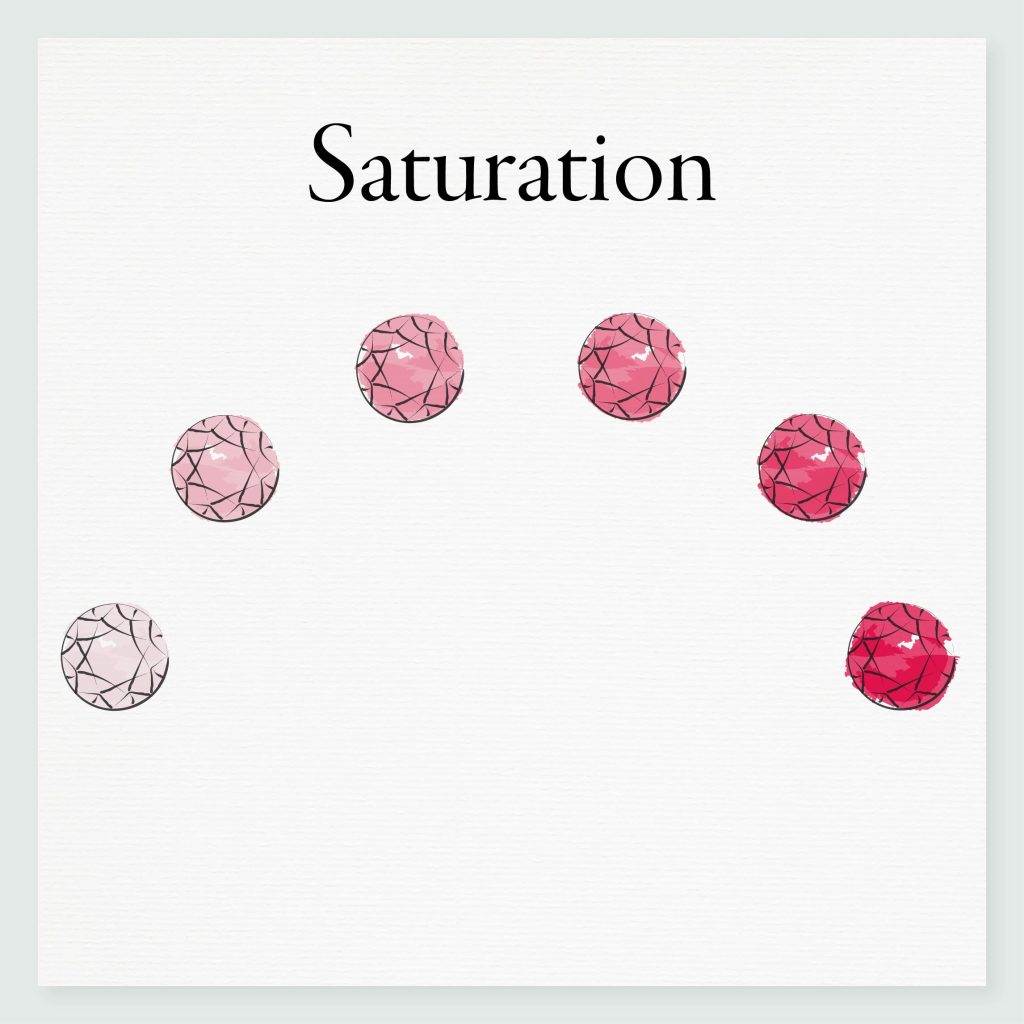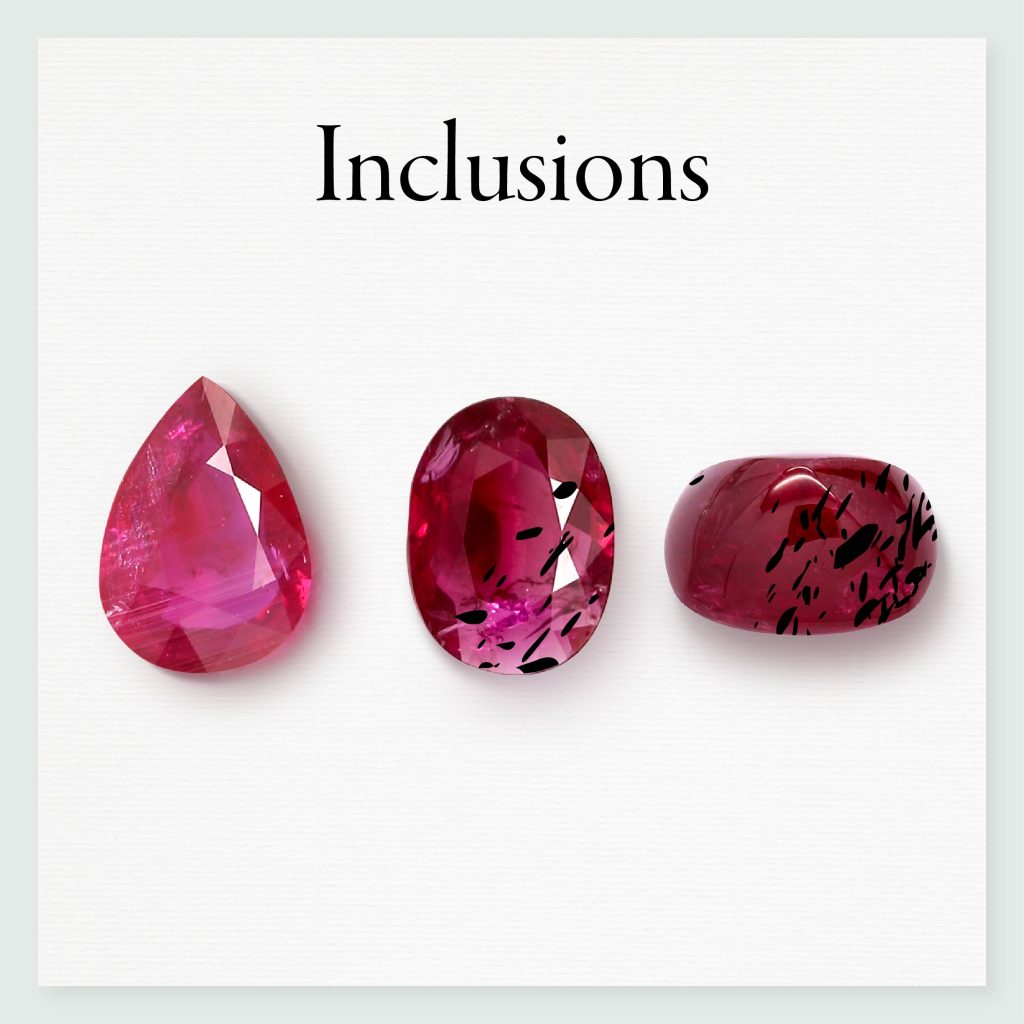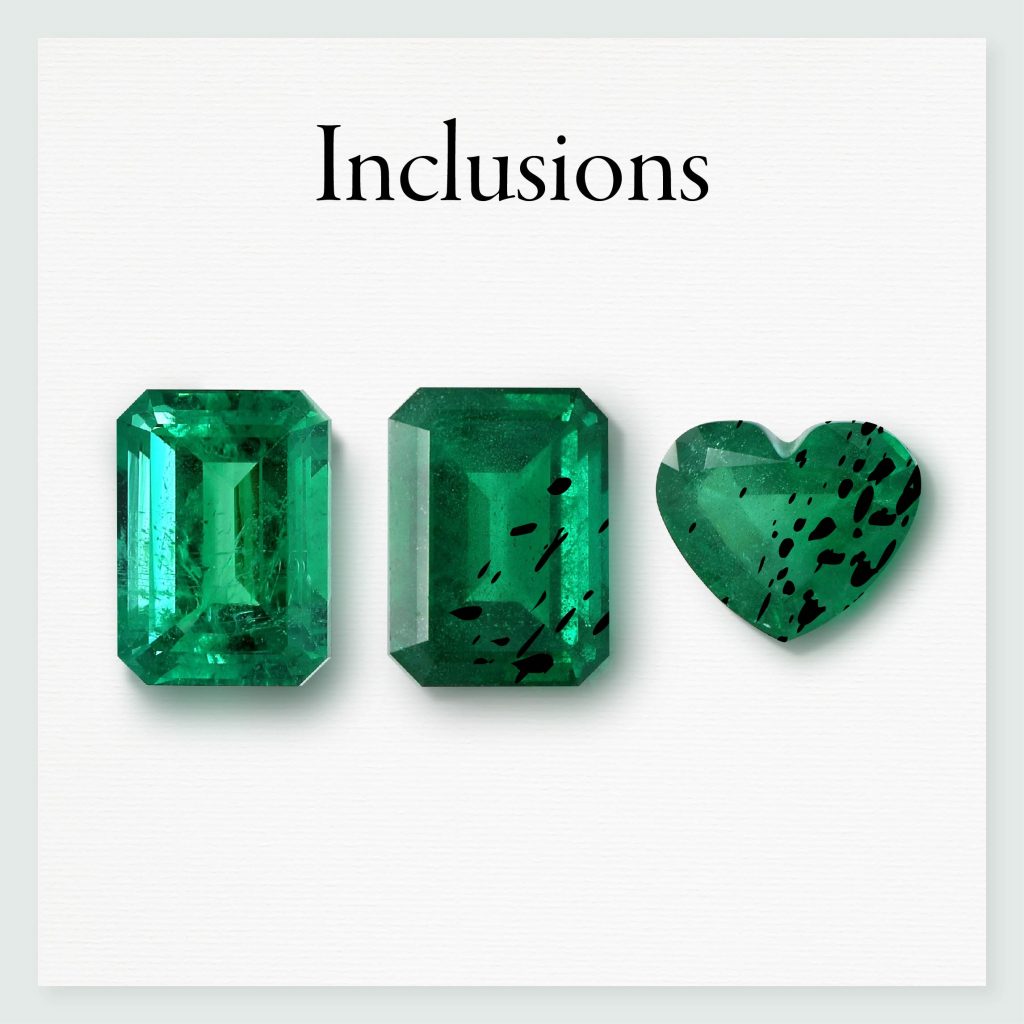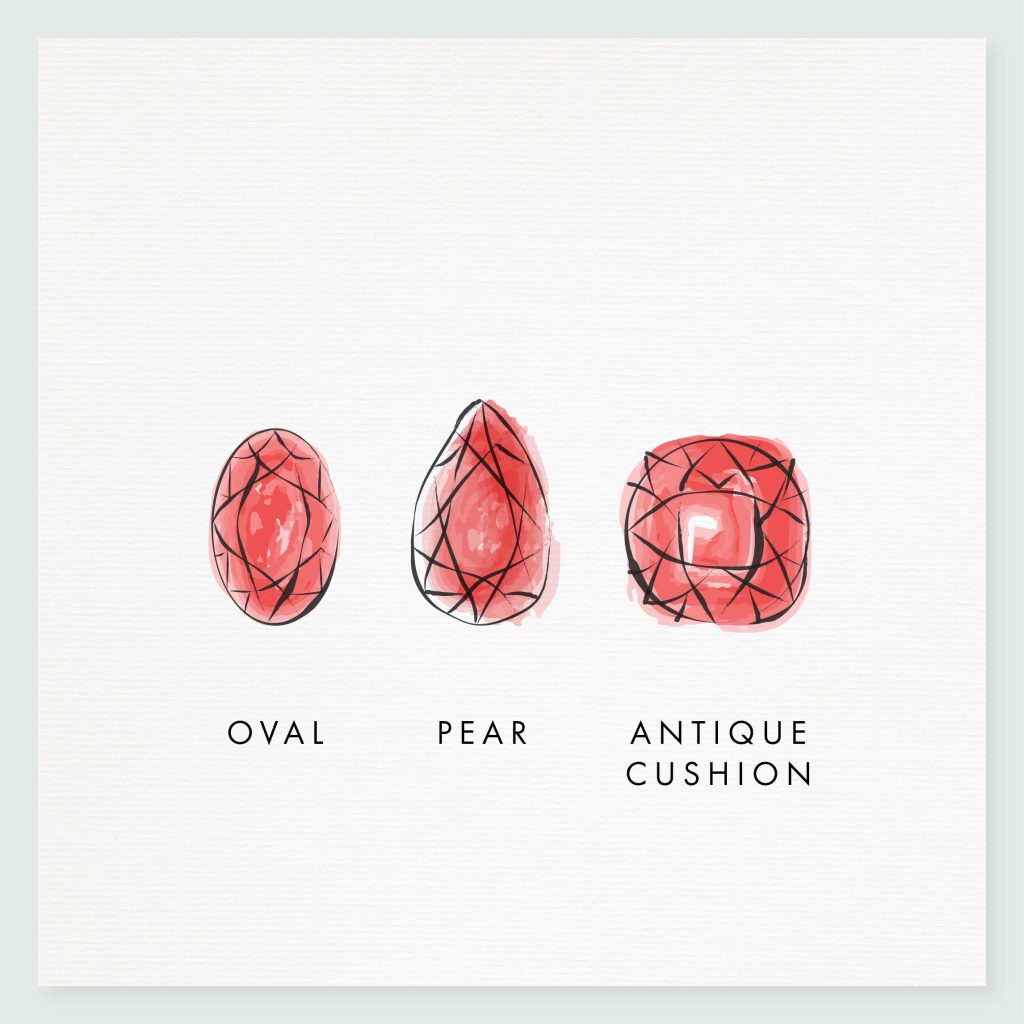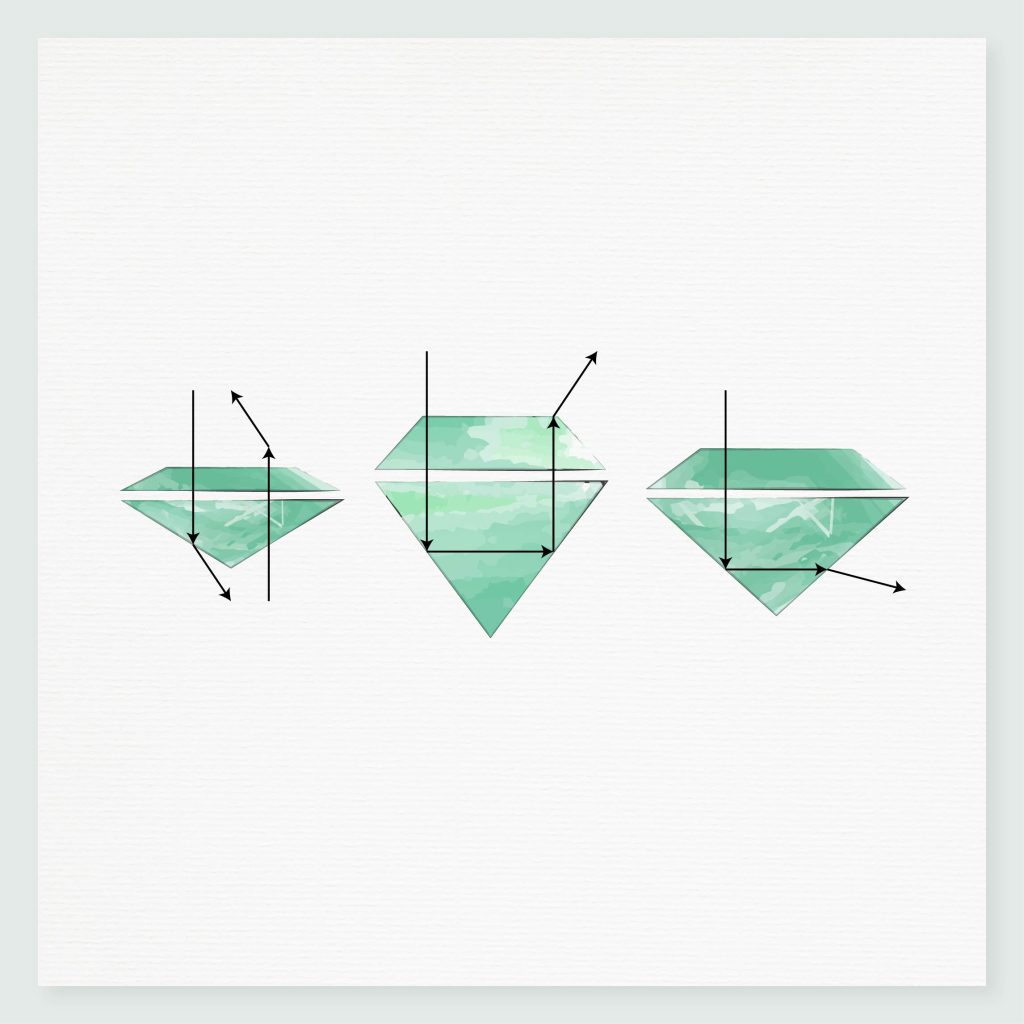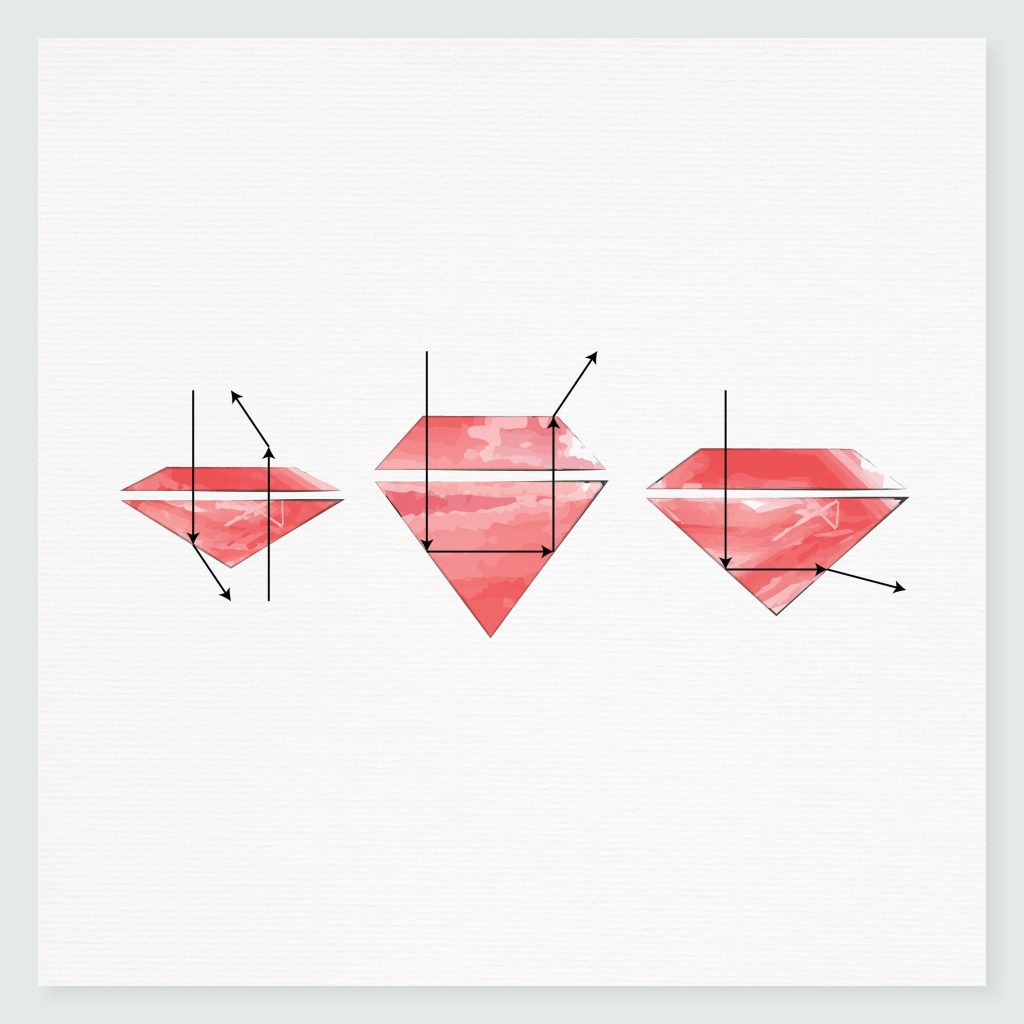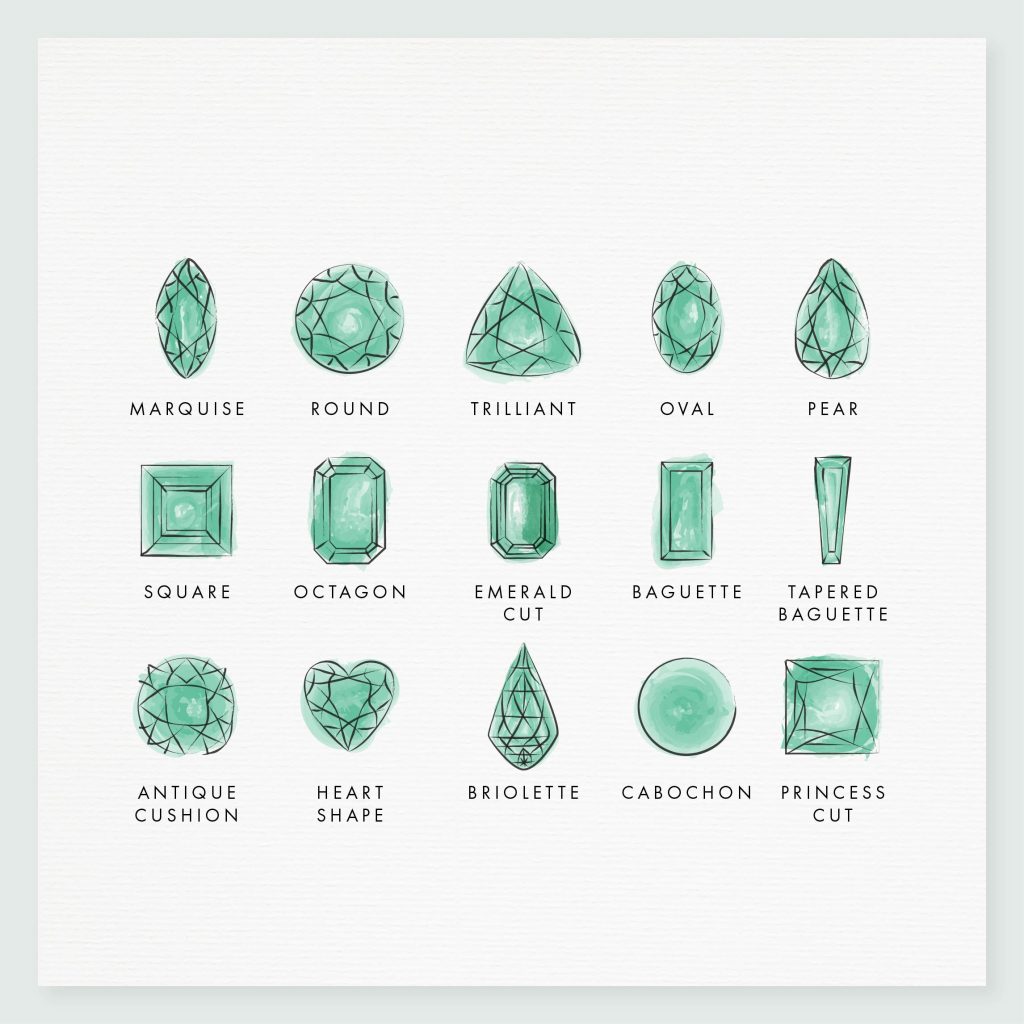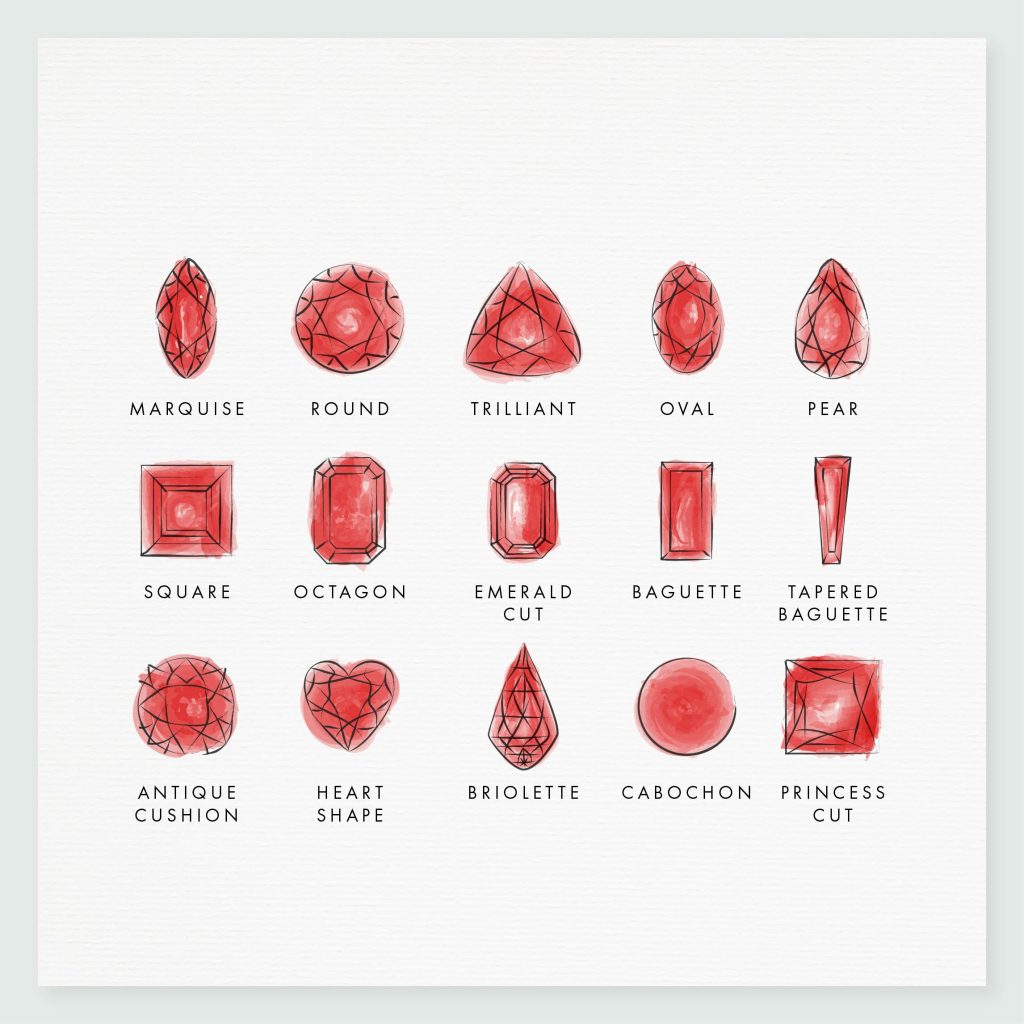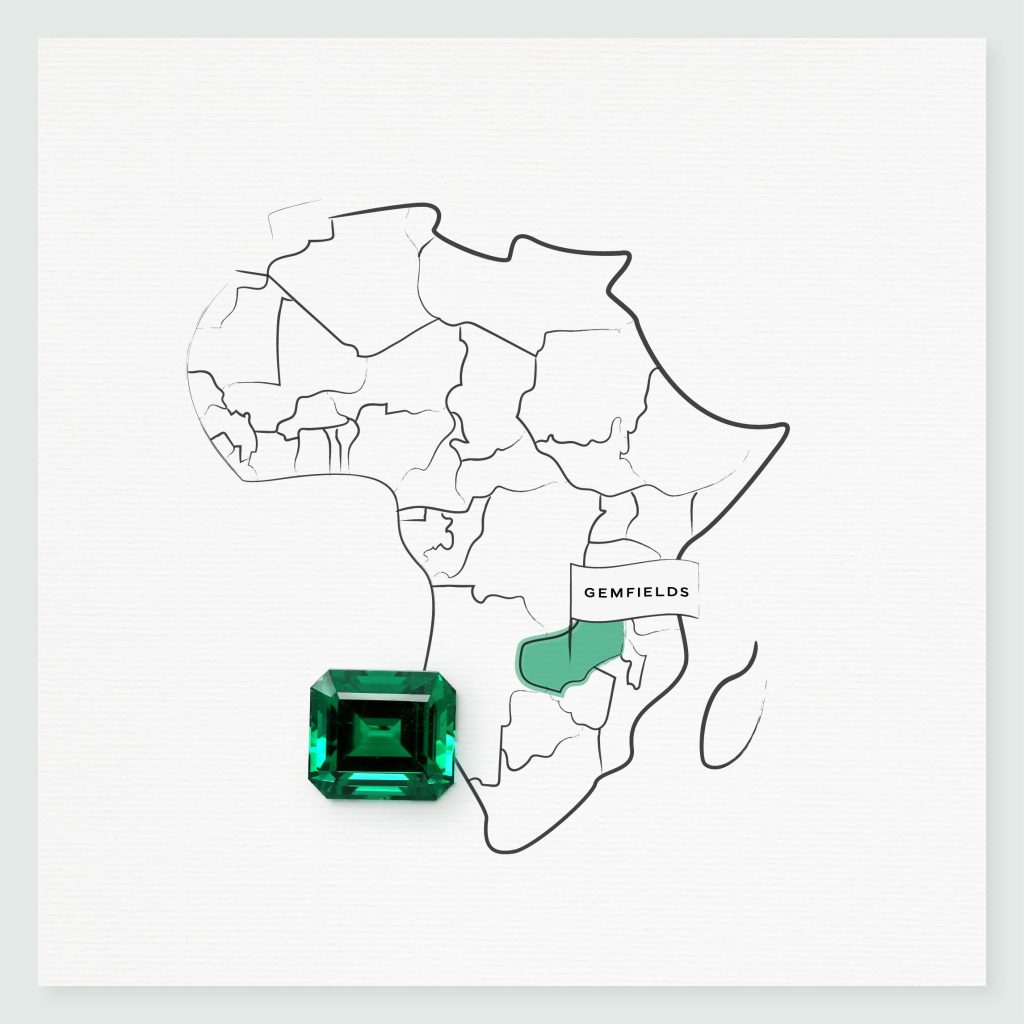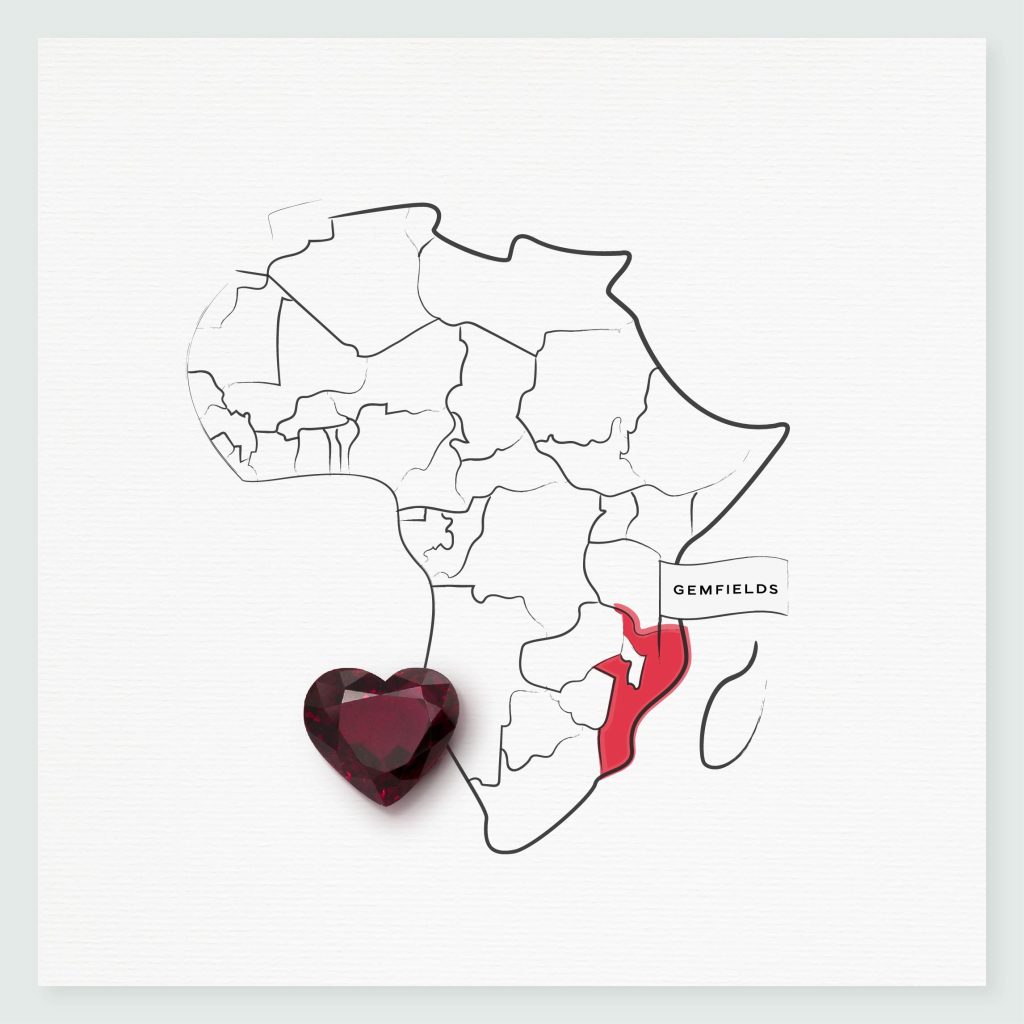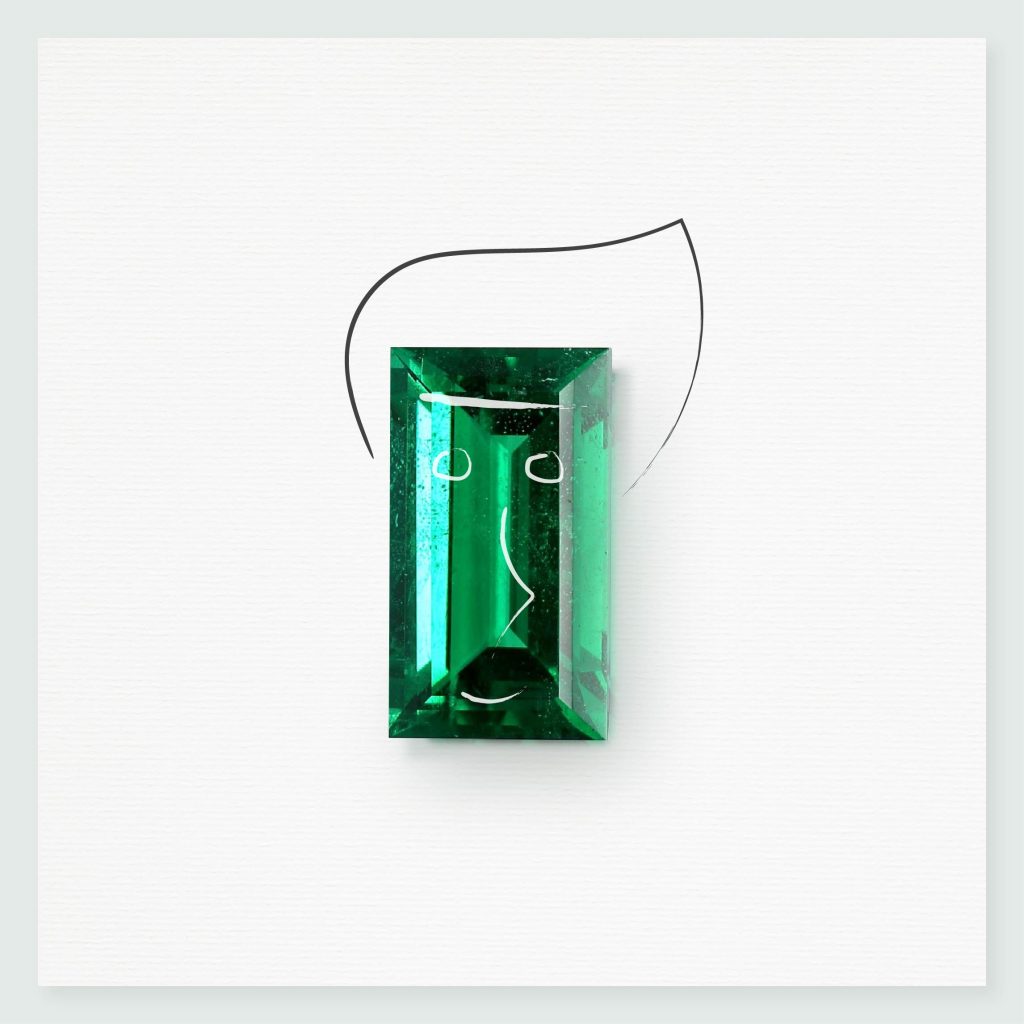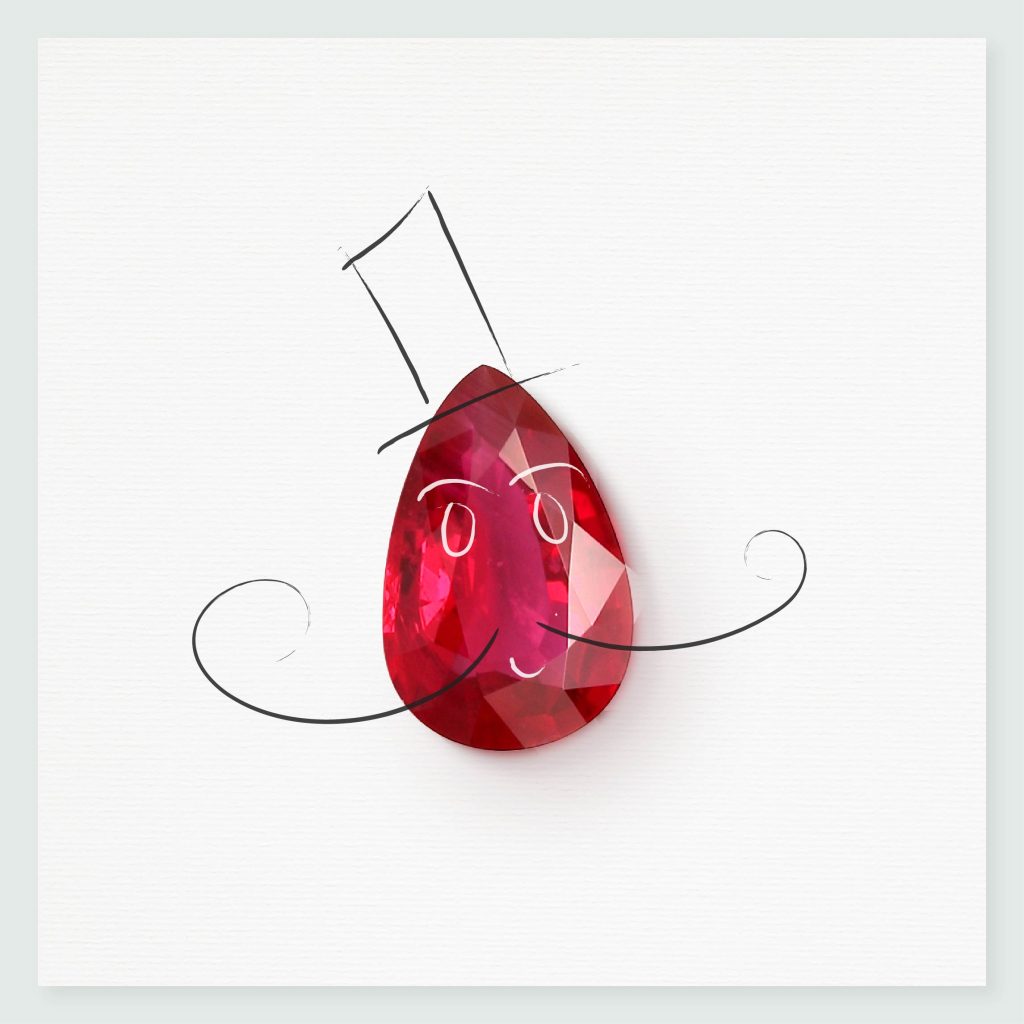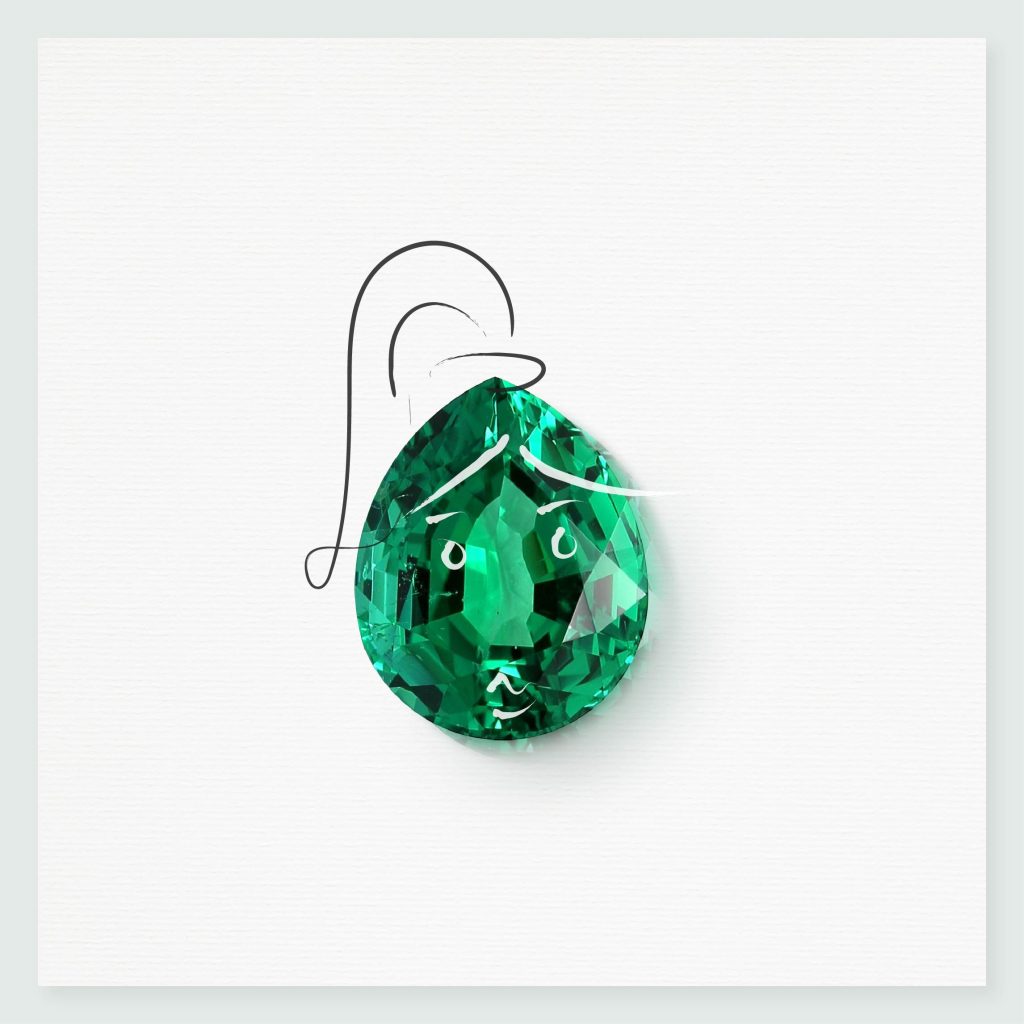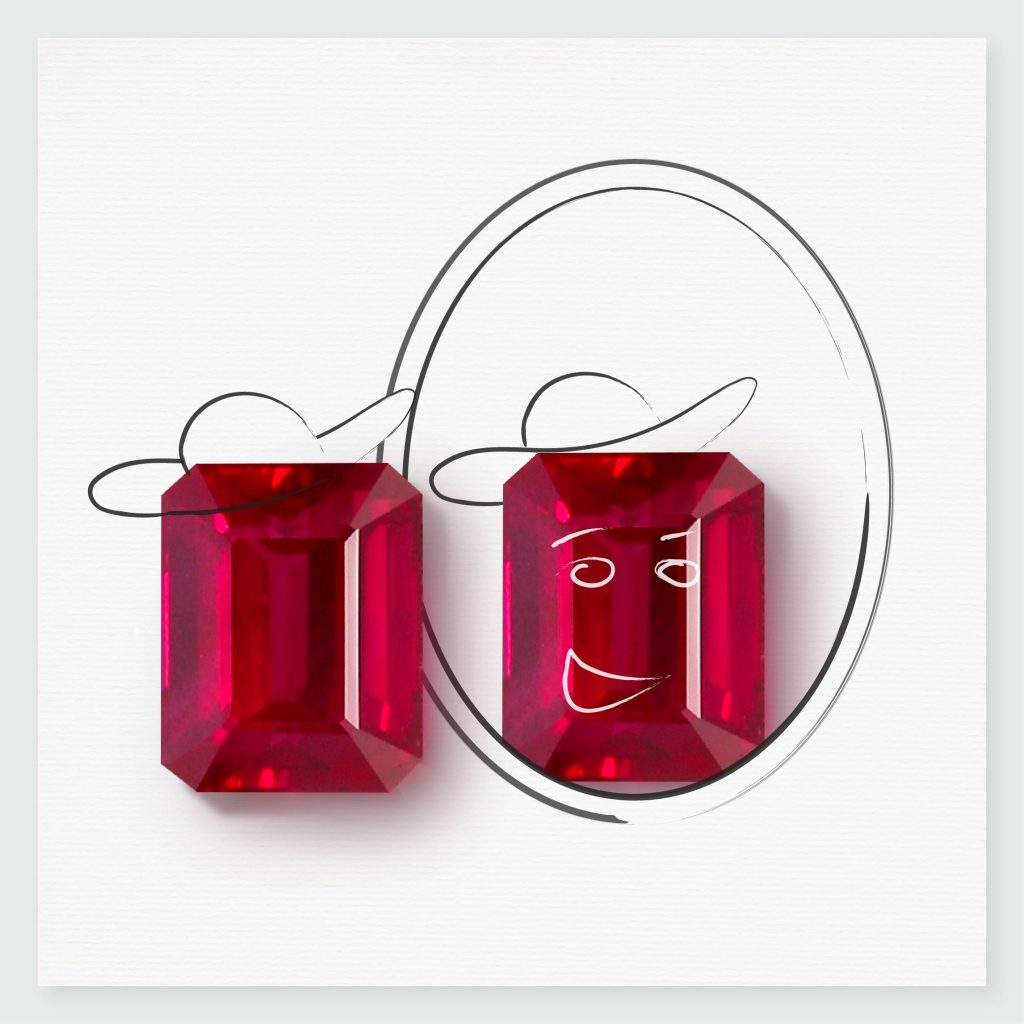Gemfields has created a simple guide to aid coloured gemstones appreciation. Simply follow the 7Cs: Colour, Clarity, Cut, Carat, Certified report, Confidence, and Character. This easy checklist will help you when choosing to buy, or simply enjoy a gemstone in all its glory.
The 7Cs Guide to Gems
Top Tips from the Experts
A Technical Guide to Colour in Gemstones
When ancient cultures ascribed mystical powers to gemstones, they touched on the almost miraculous set of circumstances they require to form.
Today, this miracle is glimpsed in the hue, tone, saturation, inclusions, character and clarity of every gemstone. Skilled lapidaries carve elegant shapes, adding magic to inspire jeweller’s delicate designs. In choosing coloured gemstones, you are choosing to fall in love with millions of years of the Earth’s history and thousands of hours of skilled work.
When white light meets a coloured gemstone, some of the light’s rays are reflected outwards, while others travel right into the heart of the gem and are absorbed into it. The transmitted rays come back to your eyes in the form of body colour.
Diamonds have traditionally been measured and defined by the 4 Cs – invented by the GIA and adopted as an international language when describing and purchasing gemstones.
When you choose a coloured gemstone, you’re choosing meaning, values and personality too. Coloured gems have so many subtle features that we require 7 Cs, adding character, certification and confidence to the standard colour, cut, clarity and carat. As these rules can’t capture emotion, we believe it is acceptable, and even to be encouraged, to differ from the experts when it comes to personal preference.
Colour is made up of three elements: hue, tone and saturation. Thinking of colour in terms of a 3D system is helpful when it comes to visualising transparent gems. The gemstone with the most desirable colour would sit at the so-called “equator of the globe”, with a medium tone and high saturation.
The phrase “beauty is in the eye of the beholder” is never more applicable than when selecting coloured gemstones.
Pleochroism is the gemmological term for a doubly refractive gem, which shows different colours depending on which angle you view it from. Emeralds and rubies both fall into this category. A highly skilled lapidary will be able to cut the gem in such a way that the pleochroism effect is minimal in the final cut-and-polished gem. The ideal end result is a gem that displays a full colour when viewed face up, with little or no secondary hue.

